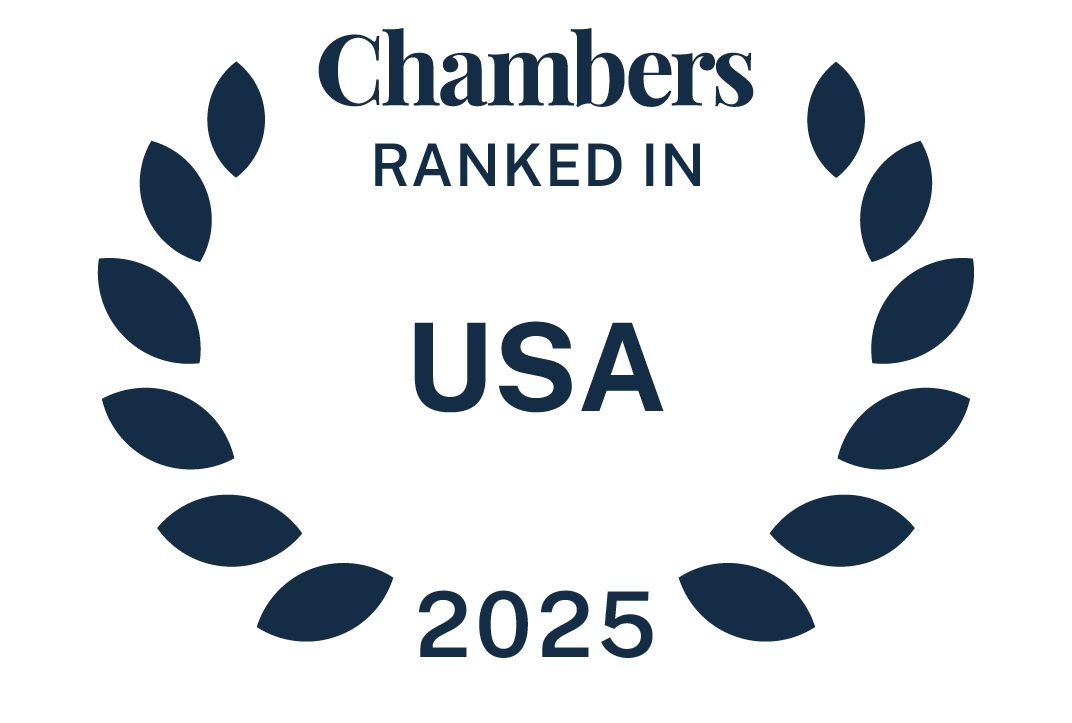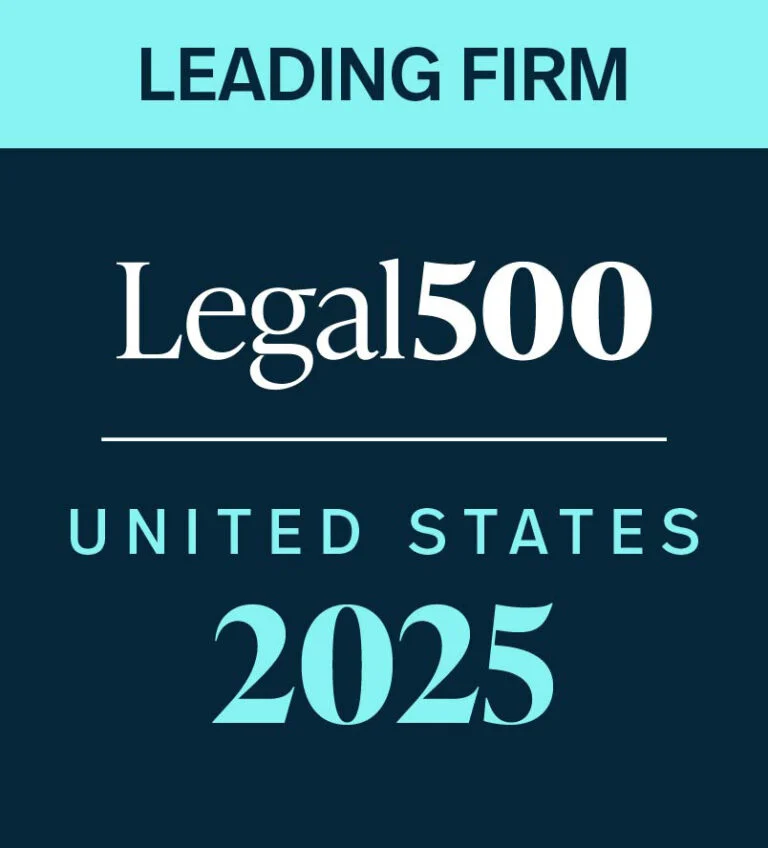What Happened:
- The FTC and DOJ proposed new Hart–Scott–Rodino (HSR) rules that, if issued in final form, will significantly change HSR practice for Private Equity (PE) companies.
- The Proposed Rules are subject to comment for 60 days after they are published in the Code of Federal Regulations (CFR) and will not go into effect until after that comment period, when they could be issued as proposed, modified, or simply not issued.
- Under the current rules, HSR focuses on the Ultimate Parent Entity (UPE). For LLCs and partnerships, that means that each fund in a family is normally its own UPE. Other funds managed by the PE sponsor are deemed “associates” of the UPE, but are not part of the UPE or “Person” making the filing. Only limited information needs to be provided about “associates,” and only if the associate operates in a similar field to the target company. The proposed rules will treat all funds and portfolio companies, as well as the PE sponsor, as part of the same “Person” for purposes of determining the filing requirements, and also for completing the HSR form.
- There is also a proposed exemption for acquisitions of less than 10% of an issuer, regardless of investment intent, if the acquiring person is not in a competitive relationship with the target. This might reduce filing obligations for companies like hedge funds that might take actions that disqualify themselves from the current investment only exemption.
What This Means:
The Proposed Rules change the calculus on whether filings may be required and what needs to be reported if a filing is required as “Associates” would now be deemed part of the same “Person” for the purposes of the HSR Act. Filings are evaluated based on what an “Acquiring Person” will hold. This is not a change, but changing who is deemed to be in the “Person” could affect transactions in a number of ways. Below are some examples of the potential impact.
More transactions are likely to require filings
- For example, if a sponsor manages Fund 1 and Fund 2 and the sponsor arranges a transaction for Fund 1 to acquire USD $80 million of target stock, Fund 2 to acquire $60 million, and co-investors to acquire USD $20 million, currently no filing would be required, while under the Proposed Rules a filing would be required.
- Currently, no HSR filing is required because Fund 1 is its own “Person” and its acquisition does not exceed the transaction filing threshold (USD $94 million). The same would be true for Fund 2’s acquisition of the USD $60 million—also below the threshold.
- Under the Proposed Rules, an HSR filing would be required because the “Person” would include the sponsor, Fund 1 and Fund 2 (altogether). The “Person” would be acquiring USD $140 million in stock and that acquisition would exceed the USD $94 million size of transaction filing threshold.
- Another scenario not currently requiring a filing, but would change under the new approach is if a newco acquisition vehicle is created and is not “controlled” by any single fund. In that case, the newco generally does not have sufficient assets under the HSR rules to meet the size of Person test, and so no filing is required. Under the proposed rules, it is more likely that these newcos which are formed by multiple funds within the same family will be controlled by the fund family, and if so they will likely have sales and assets sufficient to meet the size of person test, thus triggering a filing.
More information will need to be shared in the filing
The proposed change will make HSR filings more burdensome to compile. They also will potentially reveal more substantive overlap information in the HSR form, which appears to be the goal of the modifications.
- Currently, if Fund 1 is its own UPE (no Person has a right to 50% of its profits or assets on dissolution) and Fund 1 makes a reportable acquisition because Fund 1 is the “Acquiring Person,” most of the HSR form information comes from Fund 1 and its holdings. Only limited information is required from related funds if their portfolio company operates in a similar space as the target.
- Under the Proposed rule, the PE sponsor and all of the funds it manages constitute the “Person.” In this situation, every HSR filing by any fund managed by that sponsor needs to report the activities of all of the other funds managed by that sponsor. So, Fund 2’s revenues, holdings, subsidiaries, etc. will now need to be reported if Fund 1 is making an acquisition.



